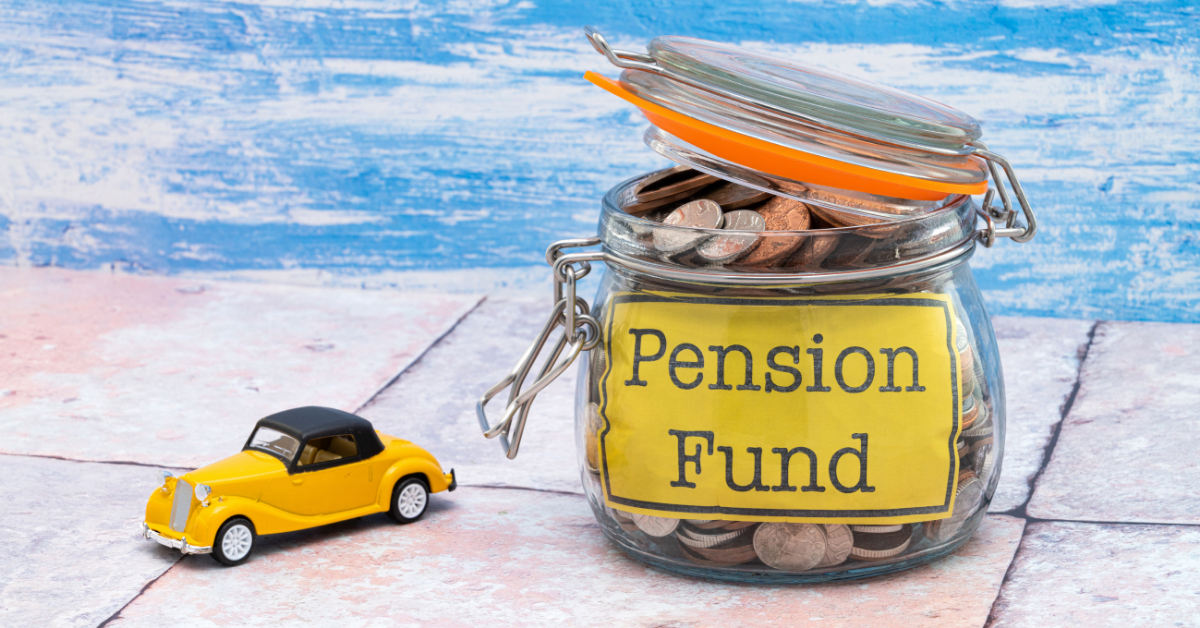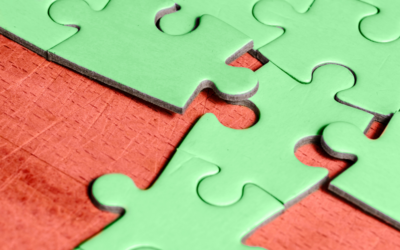After you’ve retired, your main source of income will most likely be from pensions. By now you should have built up one or more work or personal pensions, which you can access flexibly from the age of 55. How you do this will require careful planning, as this money needs to last you for the rest of your retirement.
Here are your main options for drawing your pension, along with the key issues to think about.
When can I take my pension?
If you have a defined contribution pension, then legally you can access the money from the age of 55. That doesn’t always mean you should. Your pension has to support you through your retirement for the rest of your life. So you should wait as long as you can before accessing it. Please note that this ‘pension freedom age’ is likely to rise over time.
Some advisers even recommend spending other savings before touching pensions. For the reason that pensions are not subject to inheritance tax.
You don’t need to be retired to access your pension – you can even continue to work full-time if you wish. However, pension income is still subject to tax, so if you’re still working then your tax bill will be much higher.
Your main pension options
You have several alternatives for accessing your pension. Each has its own pros and cons, and some can be used in combination with others.
- A 25 per cent tax-free lump sum
- An annuity
- Drawdown
- Taxable lump sums
Taking a tax-free lump sum
You can take up to 25 per cent of any pension pot tax-free. The simplest way to do this is in the form of a single lump sum. This can be an attractive option if you want larger sums to spend early on in your retirement. However, you still need to keep a level head and ask yourself how much you can afford to spend.
Remember that you don’t need to spend it at all, and it may be prudent to reinvest some of it as a source of extra funds. This may be a particularly useful strategy if you are using drawdown. As there may be times when it’s sensible to reduce your drawdown income temporarily.
Accessing the rest of your pension pot
Once you have taken your tax-free lump sum, any further money you take from your pensions is taxable as ordinary income. You have a range of options for taking this income. These are:
- Buy an annuity (a guaranteed income for life)
- Set up a drawdown scheme (to give flexible access to the rest of your pot)
- Take out one or more taxable lump sums
- A combination of two or more of these
- Read on for an overview of each option.
Buying an annuity
You can exchange some or all of your pension pot for an annuity. An annuity is a type of insurance product, which will pay you an income for the rest of your life. This income is guaranteed, so will never run out no matter how long you live. The downside is that you can’t vary the amount after you have set it up, and it could be many years before you get back as much as you paid for it.
You can arrange for your annuity to pay an increasing amount each year, to combat inflation. However, this will cost you more initially.
You can buy a joint annuity that covers your spouse as well. This will continue to pay out after your death, for as long as they live. Again, this kind of annuity costs more.
If you have a health condition you may qualify for a more valuable enhanced annuity.
Find out more about the pros and cons of an annuity.
Setting up a drawdown scheme
You can opt to have some or all of your pension pot reinvested in a drawdown scheme. The main advantage here is flexibility, as you can draw out as much or as little as you wish each year. The main downside is that your pension pot will shrink over time, and could eventually run out.
More specific risk is that your money remains exposed to the stock market. This means it can fall in value as well as experience growth. Keep in mind if you take money out when the market is falling, it is harder for the rest of the pot to recover later.
This is one reason why it can be good to keep some of your tax-free lump sums as an emergency reserve for when the stock market is low. This may allow you to reduce your drawdown income, thus minimising the impact on your pension pot.
A taxable lump sum
It’s possible to draw out the whole of your remaining pension pot after taking the 25 per cent tax-free lump sum. However, this remaining 75 per cent will be taxable as ordinary income. For larger pots, this can result in losing a big chunk of your money in tax.
However, if you have a small pension pot that you don’t want to combine into your main pension, taking the whole thing as a lump sum may be a practical solution. Talk to your adviser to see what they recommend.
A combination of methods
You don’t have to choose one option or the other exclusively. If you wish, you can set up a range of different strategies for taking income from your pension pots.
For example, you could set up a drawdown scheme to meet your needs in the first part of your retirement. Then, when you are older and less active, you could use the remainder of your pot to buy an annuity. Being older by then, you should be able to obtain a higher annuity. Alternatively, you could set up a small annuity to cover basic needs and then take extra income from drawdown as necessary.
Drawing a final salary pension
A final salary pension is a type of workplace pension that works differently. Instead of building up a pension pot, it pays you a guaranteed income from a certain age. Some will also enable you to take a tax-free lump sum as well.
You don’t have to do anything to draw this kind of pension, as it will be paid to you automatically from the date specified by the scheme. This is called your ‘normal retirement date’ and is usually set around 60.
Some final salary pensions will allow you to transfer out of them, exchanging your guaranteed pension benefits for a pension pot of a certain value. There can be advantages to doing this, but there are also significant risks, so you should speak to a financial adviser first.
What should you do with your pension pot?
The pension choices you make should be based on your own personal circumstances and goals. Talk about your plans with your financial adviser, and they will help you put together the approach that suits you best.
Your pension strategy may even change throughout your retirement, to reflect your adjusting needs and lifestyle. The advice can ensure that your retirement income is always properly tailored to suit you.




